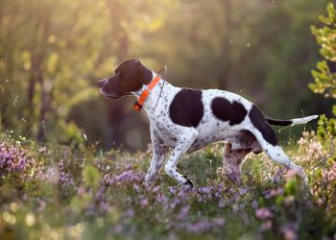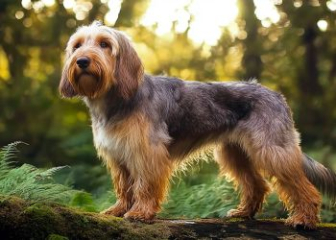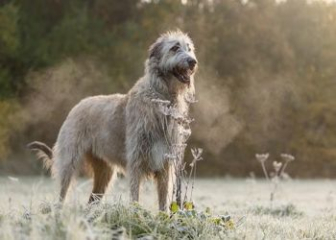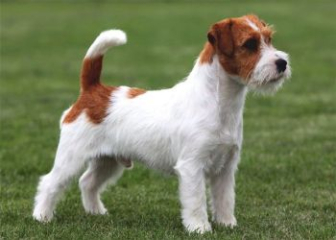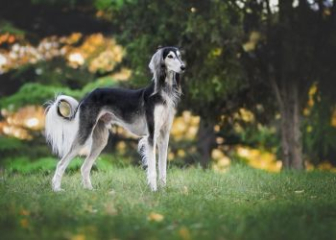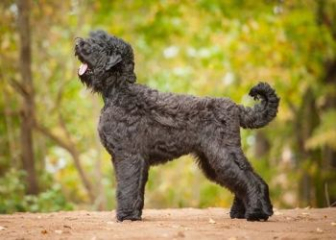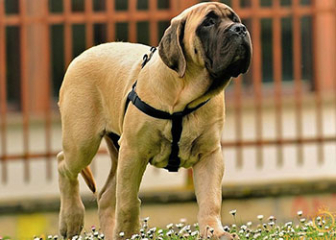Greyhound – The Fastest Hunting Dog in the World
Blog | by
The Greyhound is a gentle dog breed with a slender body, raised for shows and dog racing. It is the fastest dog breed in the world, capable of reaching speeds up to 70 km/h.
Greyhound are an ancient hunting breed found across many continents. They are tall and slim, known for their incredible speed (70 km/h), calm and gentle temperament, quiet nature, and low activity level.
If you're interested in learning more about this fascinating dog, check out the article below from Dog breed.
Where do Greyhounds originate from?
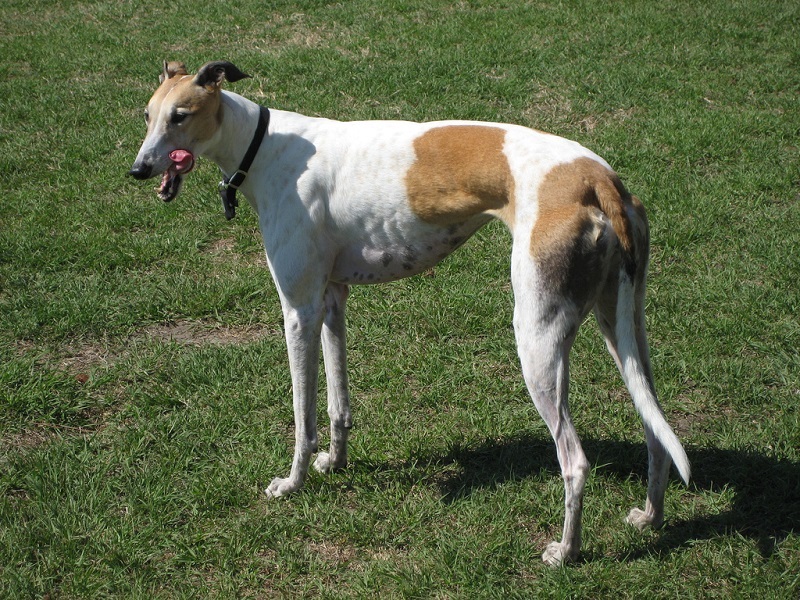
Purebred Greyhounds
The Greyhound is an ancient hunting dog breed, with traces found in many countries. However, their ancestors were first discovered in Egypt through carvings on ancient tombs dating back over 4,000 years.
The development history of the Greyhound through different periods is as follows:
-
In ancient Egypt, Greyhounds were considered noble dogs, reserved only for royalty and the aristocracy.
-
During ancient Roman times, Greyhounds became popular hunting dogs, used for hunting deer, hares, pheasants, and more.
-
In the Middle Ages, Greyhounds became a symbol of European nobility.
-
In 1776, Greyhounds were brought to America by immigrants.
-
In the United Kingdom, Greyhounds became famous as racing dogs due to their incredible speed.
-
In the 19th and 20th centuries, the breed continued to be widely bred as both racing and hunting dogs.
-
Today, the Greyhound racing industry is highly developed in both the United States and the United Kingdom.
Classification of Greyhounds
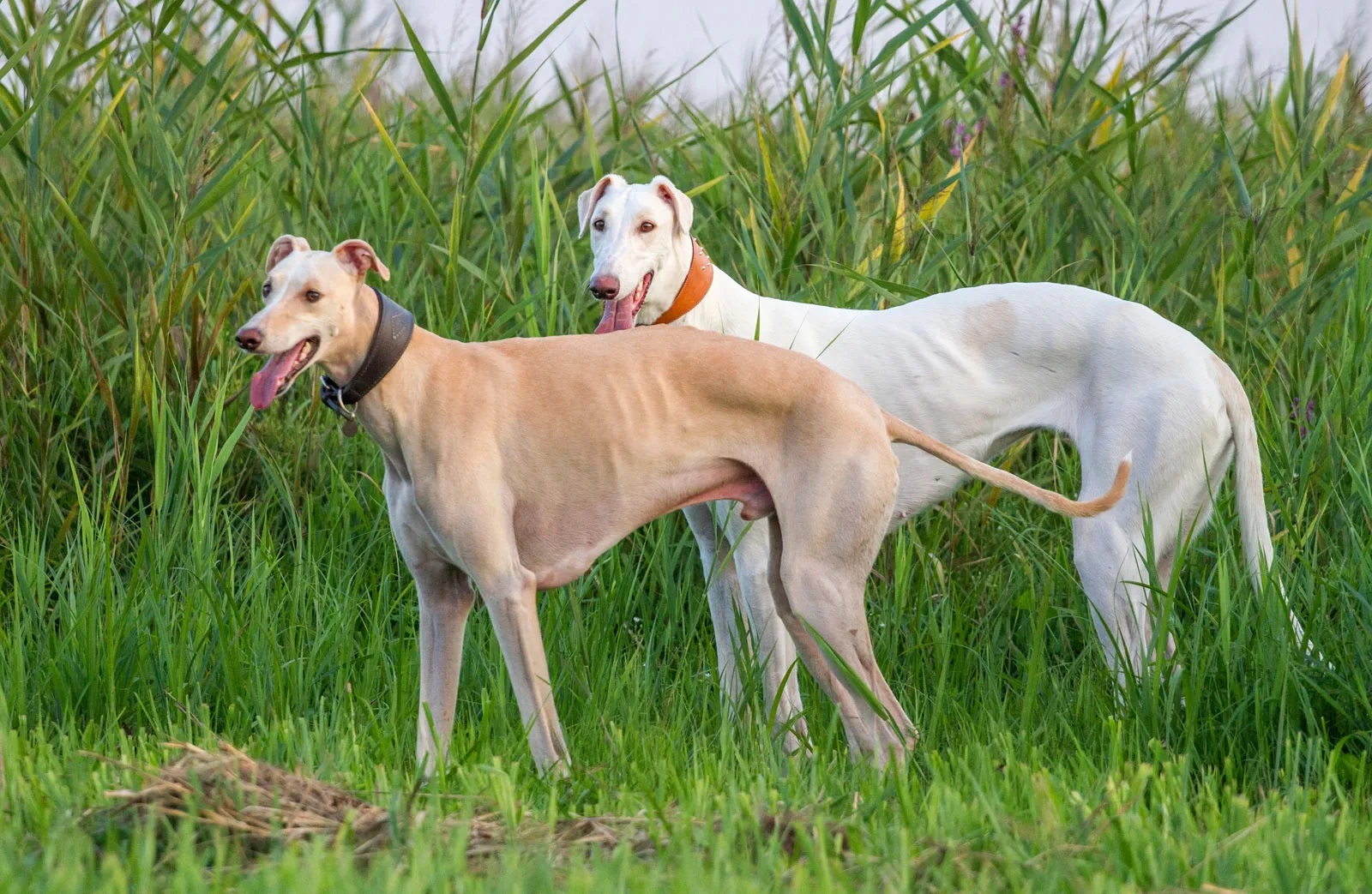 White and Brown Racing Greyhounds
White and Brown Racing Greyhounds
Depending on their intended use or origin, Greyhounds are classified into various types. Some of the most common classifications include:
Classification by Purpose
Based on their purpose, Greyhounds can be divided into the following categories:
-
Racing Greyhound: Bred specifically for high-speed racing. They have a lean, muscular body, long legs, excellent acceleration, and impressive top speed.
-
Hunting Greyhound: Bred for hunting deer, hares, and antelopes. These dogs possess strong prey instincts, sharp vision, and good speed.
-
Companion Greyhound: Bred to be pets, with a gentler temperament and easier to train.
Classification by Origin
Based on their geographical origin, Greyhounds can be categorized as follows:
-
English Greyhound: The most common type, originally bred in England for hunting hares and deer, as well as for speed racing.
-
American Greyhound: Developed from the English Greyhound, with improved endurance and speed, primarily used for racing.
-
Spanish Greyhound (Galgo Español): Bred in Spain, these dogs have smaller bodies and longer legs, typically used for hunting hares.
-
Italian Greyhound: The smallest version of the Greyhound breed, mainly kept as a companion dog.
Appearance of the Greyhound
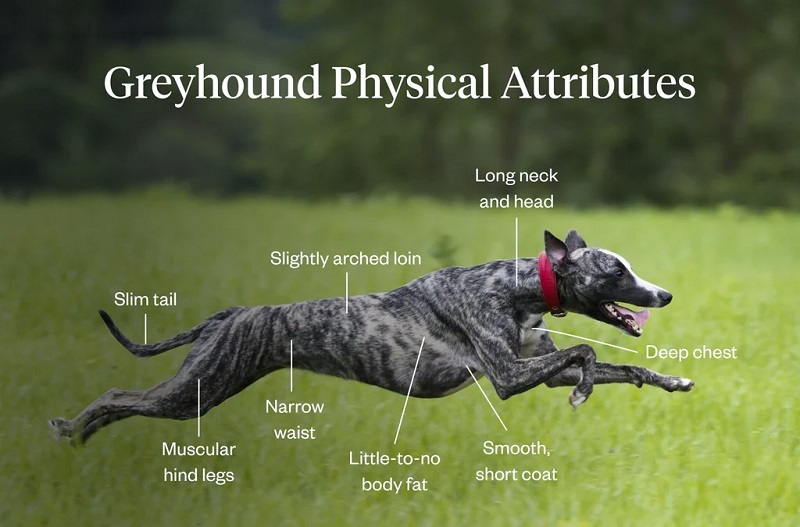
Appearance of the Greyhound
Racing Greyhounds have a tall, athletic build with features that make them the “number one sprinters of the canine world.” Let’s take a closer look at their physical traits:
-
Body shape: Tall and muscular.
-
Height: Males: 71–76 cm | Females: 68–71 cm.
-
Weight: Males: 27–43 kg | Females: 27–40 kg.
-
Head: Long, narrow, tapering toward the muzzle.
-
Eyes: Almond-shaped, usually brown or amber, with an intelligent expression.
-
Ears: Small, thin, folded back; may stand upright when excited.
-
Muzzle: Long and firm, with sharp teeth.
-
Neck: Long and slender.
-
Chest: Broad and deep.
-
Back: Slightly arched.
-
Abdomen: Tucked up with a slim, hourglass-shaped waist.
-
Legs: Long, straight, muscular with small feet.
-
Tail: Long, thin, and slightly curved.
-
Coat: Short, smooth, sleek, and sheds very little.
-
Coat colors: Black, white, gray, fawn, brindle, red, and more.
-
Running gait: Long strides with legs fully extended; during full-speed sprints, all four feet leave the ground (a style known as the double-suspension gallop). Their running speed can reach up to 70 km/h.
Greyhound Personality Traits
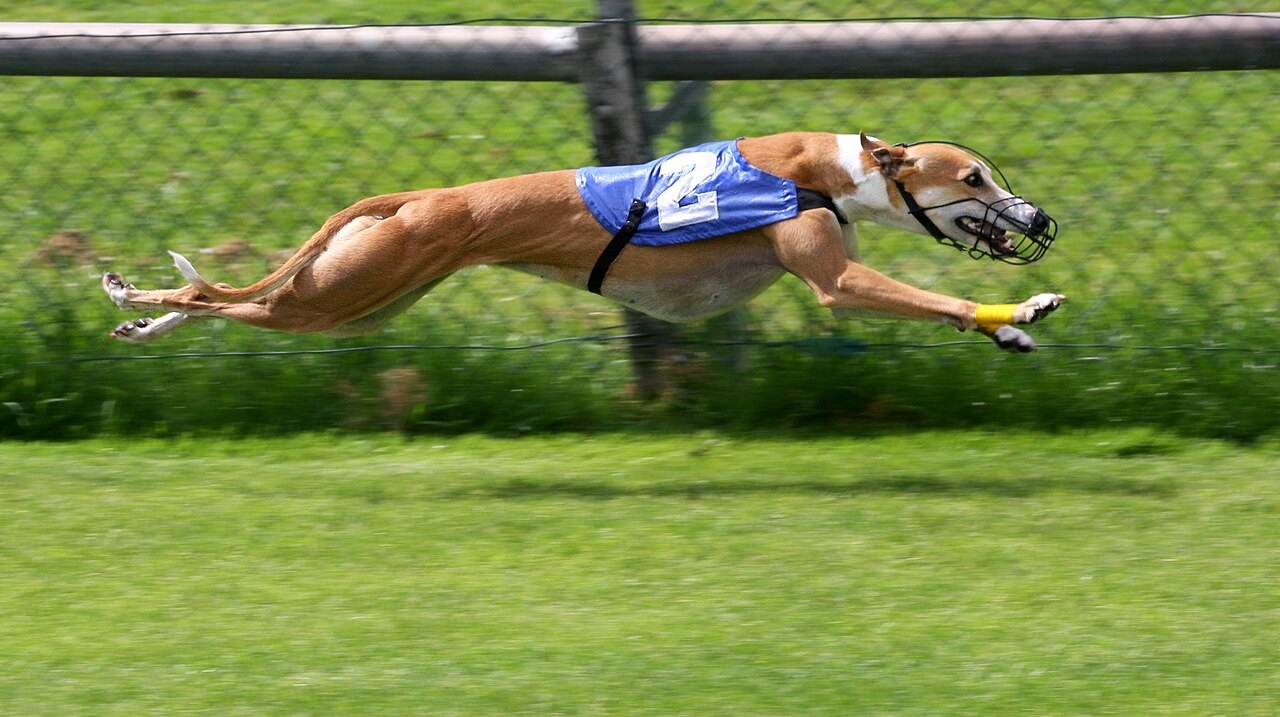
Racing Greyhounds Have a Long Stride and Sprint Extremely Fast
Although the Greyhound originated as a hunting dog, it is known for being calm, gentle, intelligent, and affectionate. Let’s explore more about the personality traits of this elegant sighthound.
Calm and Gentle
Despite their hunting background, Greyhounds are naturally peaceful and well-mannered. They are very friendly—especially toward humans—and rarely show aggression. Even when faced with bullying from other dogs, a Greyhound will often stay still, observe, and avoid confrontation.
Agile but Not Hyperactive
Greyhounds are considered the fastest dog breed in the world, reaching speeds of up to 70 km/h with their powerful, wide strides. However, in everyday life, they are surprisingly laid-back. They don’t enjoy excessive activity and often prefer lounging around, which makes them very suitable for living in houses, apartments, or condos.
Exceptional Vision
Bred originally for hunting by sight, Greyhounds have extremely sharp vision. They can spot small animals from a great distance.
Sensitive and Easily Startled
Greyhounds are highly sensitive and can be easily frightened by loud noises or sudden sounds. Because of this, if you plan to raise one, be sure to treat them gently and provide a calm, comforting environment.
Strong Prey Drive and Love to Chase
As natural sighthounds, Greyhounds love chasing fast-moving small animals. When taking your Greyhound for a walk, always use a leash to prevent them from getting overly excited and running after other animals.
How to Care for a Greyhound
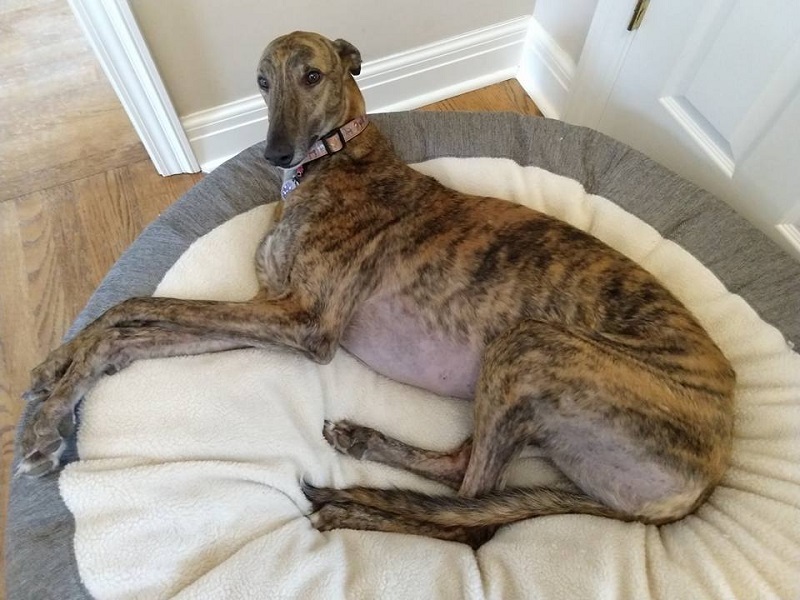
Greyhounds Prefer Lounging Over Running Around
To raise a healthy and well-developed Greyhound, there are several important care tips you should keep in mind:
Nutrition Plan for Greyhounds
Racing Greyhounds require a high-energy diet to maintain their strength and stamina.
Recommended Foods for Greyhounds:
-
Protein: Should make up 50–60% of their diet. Found in chicken, beef, pork, fish, eggs, etc.
-
Healthy Fats: Found in fish oil, chicken fat, etc.
-
Carbohydrates: Should make up 20–30% of their diet. Present in grains, brown rice, sweet potatoes, etc.
-
Fiber & Vitamins: Found in vegetables and fruits such as carrots, apples, bananas, spinach, etc.
-
Calcium & Minerals: Found in cheese, supplements, yogurt, etc.
Foods Greyhounds Should Avoid:
-
Chocolate
-
Onions, garlic, or spicy foods
-
Spoiled or expired food
-
Small bones such as fish or chicken bones
Feeding Schedule by Age:
-
Under 3 months old: 4–5 meals/day; soft porridge or pureed, boiled foods
-
3 to 6 months old: 3 meals/day; start transitioning to solid food, ensure a balanced diet, and add yogurt or cheese
-
Over 6 months old: 2 meals/day; maintain balanced portions, increase protein intake, and can include quality dry kibble
Exercise & Activity for Greyhounds
Although Greyhounds are the fastest dogs in the world, they are not naturally very active day to day. A reasonable exercise routine includes:
-
Daily Walks 30–45 minutes per day, ideally split into two sessions—morning and evening
-
Free Running 1–2 times a week in a safe, enclosed area
-
Avoid off-leash walks in open areas, as their prey drive may cause them to chase small animals
-
No long-distance running—Greyhounds are sprinters, not endurance runners
Grooming & Hygiene for Greyhounds
To keep your Greyhound looking sleek and staying healthy, follow these care routines:
-
Coat Care: Brush once or twice a week (they shed very little); bathe once a month using dog-specific shampoo
-
Eyes & Ears: Clean eye discharge daily; clean ears weekly
-
Teeth: Brush teeth 2–3 times per week
-
Nails: Trim regularly, as Greyhounds’ nails grow quickly and may cause discomfort if too long
Health Checkups & Vaccinations
Regular vet visits are essential to keep your Greyhound healthy and catch any issues early:
-
Vaccinations: Ensure they receive the full set of 5-in-1, 7-in-1, and rabies vaccines as recommended
-
Deworming: 1–2 times a year
-
Health Checkups: Every 6 months to monitor for heart, joint, or other potential issues
Ideal Living Environment for Greyhounds
Greyhounds are not demanding in terms of space or environment, but there are still a few things to consider:
-
Living Spaces: Can comfortably live in houses, apartments, or condos—but must have daily walks and occasional space to run safely
-
Temperature Sensitivity: Sensitive to both heat and cold—keep them warm in winter and cool/hydrated in summer
Common Health Issues in Greyhounds and How to Prevent/Treat Them
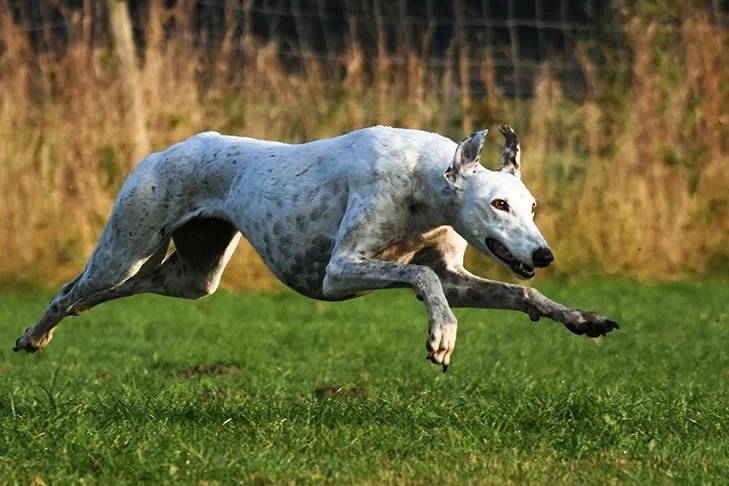
Racing Greyhound Running Across a Meadow
Greyhounds are prone to various health issues, particularly involving the bones, heart, and digestive system. Let’s explore some common health problems that affect this breed:
Gastric Torsion / Bloat
This is a very dangerous and potentially fatal condition often seen in Greyhounds if not treated promptly.
-
Cause: Eating too quickly, swallowing excessive air, or engaging in physical activity right after eating.
-
Symptoms: Swollen abdomen, rapid breathing, dry heaving, bloated stomach.
-
Prevention & Treatment: Feed smaller, more frequent meals; avoid strenuous activity after eating. If symptoms worsen, seek emergency veterinary care immediately.
Hip and Elbow Dysplasia
Due to their tall, slender frames and long bones, Greyhounds are especially vulnerable to joint issues like hip and elbow dysplasia.
-
Cause: Genetics, overexertion, improper training.
-
Symptoms: Limping, weakened legs, reluctance to run or play.
-
Prevention & Treatment: Provide calcium and glucosamine supplements; maintain a balanced, low-impact exercise routine.
Heart Disease
Greyhounds naturally have a slower heart rate than most dogs, making them more susceptible to heart conditions such as arrhythmias and valve disease.
-
Cause: Genetics, high-intensity racing, high-sodium diets, aging (especially over 7 years old).
-
Symptoms: Difficulty breathing, wheezing, sudden fainting, fatigue.
-
Prevention & Treatment: Feed a heart-healthy diet with fish oil and omega-3, reduce salt intake, and schedule regular veterinary checkups.
Osteosarcoma (Bone Cancer)
Greyhounds, especially racing ones, are at a higher risk of developing bone cancer compared to other breeds.
-
Cause: Genetics, bone trauma.
-
Symptoms: Swollen and painful limbs, difficulty walking, brittle bones, rapid weight loss.
-
Prevention & Treatment: Provide calcium and vitamin D, avoid letting your dog jump from high places, and get regular health checkups for early detection and treatment planning.
How Much Does a Greyhound Cost?
If you're thinking of owning a racing Greyhound but wondering about the price, here’s a reference price list:
| Origin | Estimated Price |
|---|---|
| Imported from Thailand or Europe | Over $1,000 USD |
| Imported from Australia | Over $2,000 USD |
| From race tracks or rescue centers | Over 10 million VND |
As you can see, Greyhounds are considered a noble breed and come at a relatively high price. If you're considering buying one, here are a few things to keep in mind:
-
Only buy from reputable breeders or organizations to ensure the dog is purebred and comes with proper documentation.
-
Greyhounds are not ideal for every household, so carefully consider your lifestyle and needs before making a decision.
Collection of Beautiful Greyhound Images
If you love the Greyhound breed but aren't ready to own one, take a moment to enjoy our curated collection of stunning Greyhound photos below!
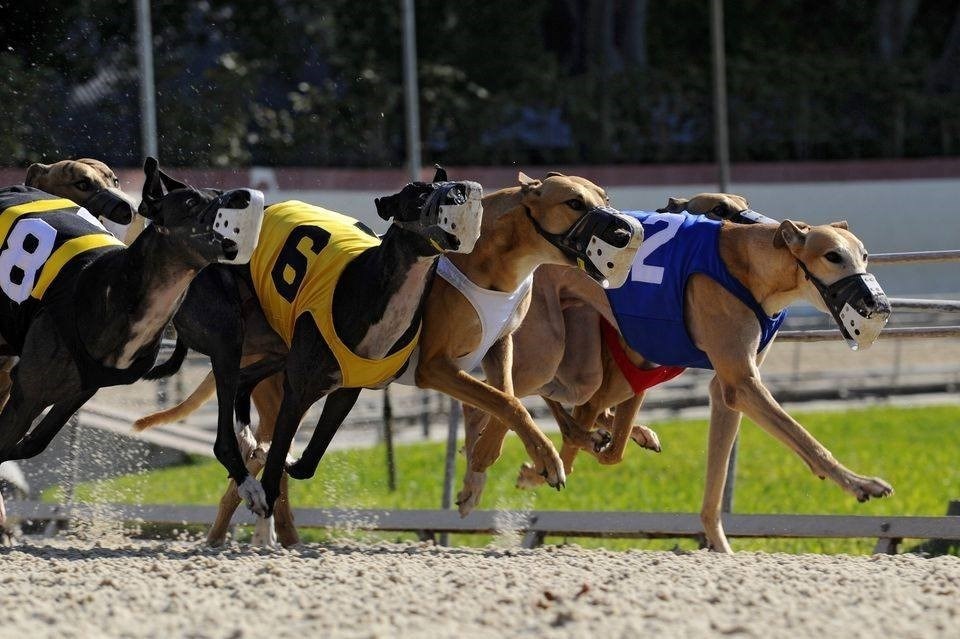
Greyhounds on the Racetrack
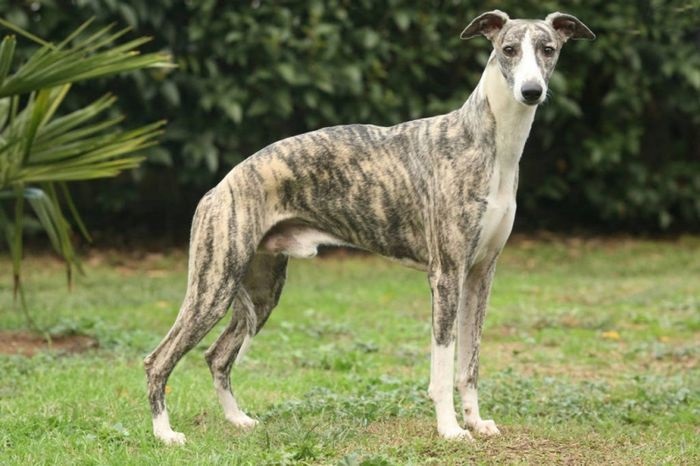
A Brindle Racing Greyhound
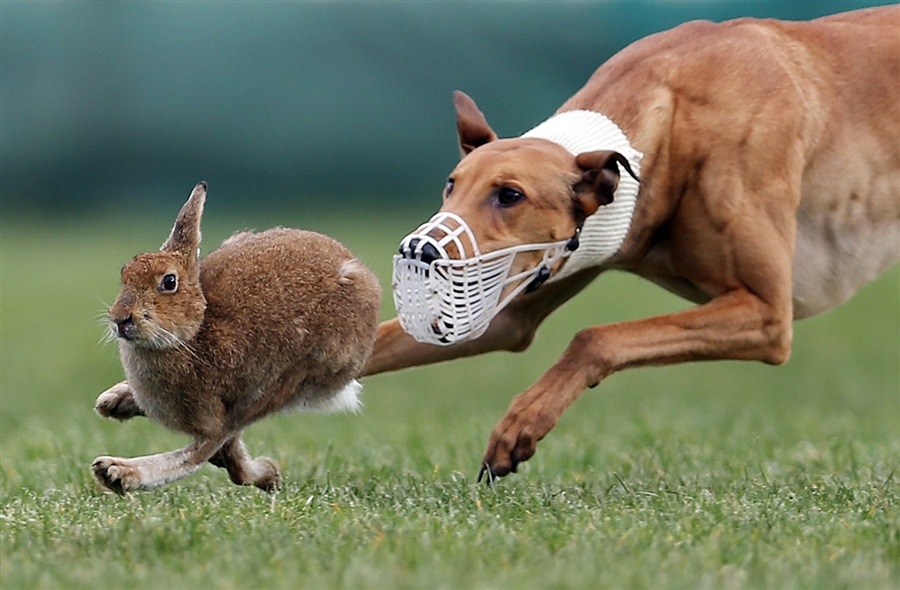
A Greyhound Chasing a Hare
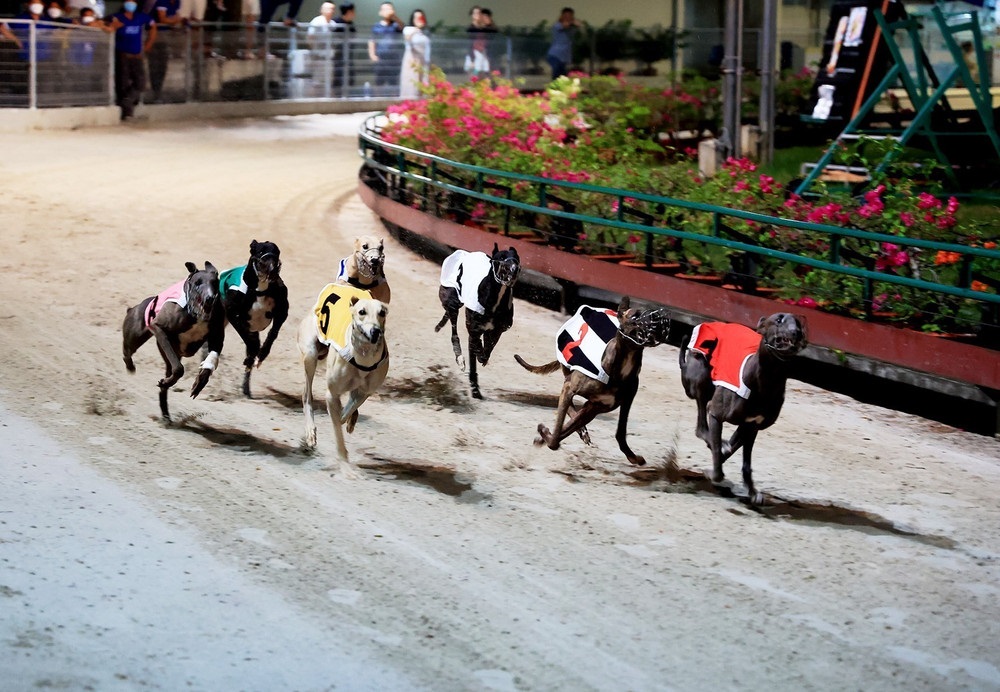
Racing Greyhounds at the Vung Tau Racetrack
Through the article above, dogbreed.wiki has provided you with comprehensive information about the Greyhound—one of the fastest dog breeds in the world. If you’re a fan of speed and have the financial means, a Greyhound could be a great choice for you!
Thank you for reading, and see you again in future Blog posts where we’ll explore many more dog breeds from around the world!

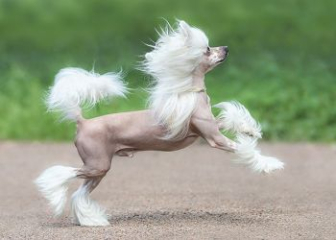
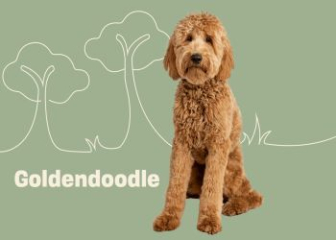
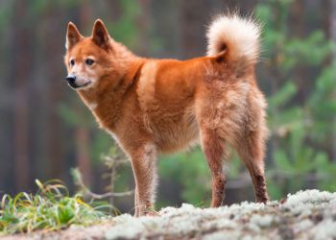

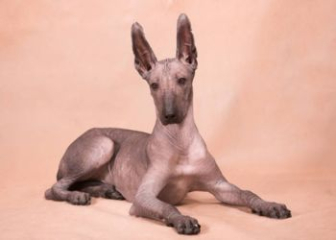
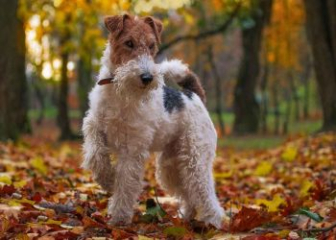


_350x250.jpg)

